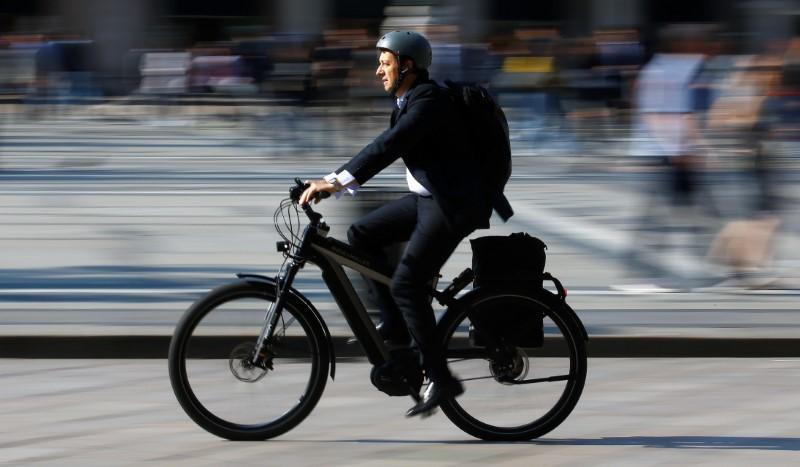Walking and cycling gained a higher profile than ever in 2020 as a result of the pandemic. Governments around the world encouraged individuals to go on foot or take their bikes where possible instead of using crowded public transport and invest in widescale cycling infrastructure to help them do so.
In the United Kingdom, the link between obesity and poorer COVID-19 outcomes and the country’s new strategy related to the disorder led to doctors prescribing cycling to improve patients’ health.

